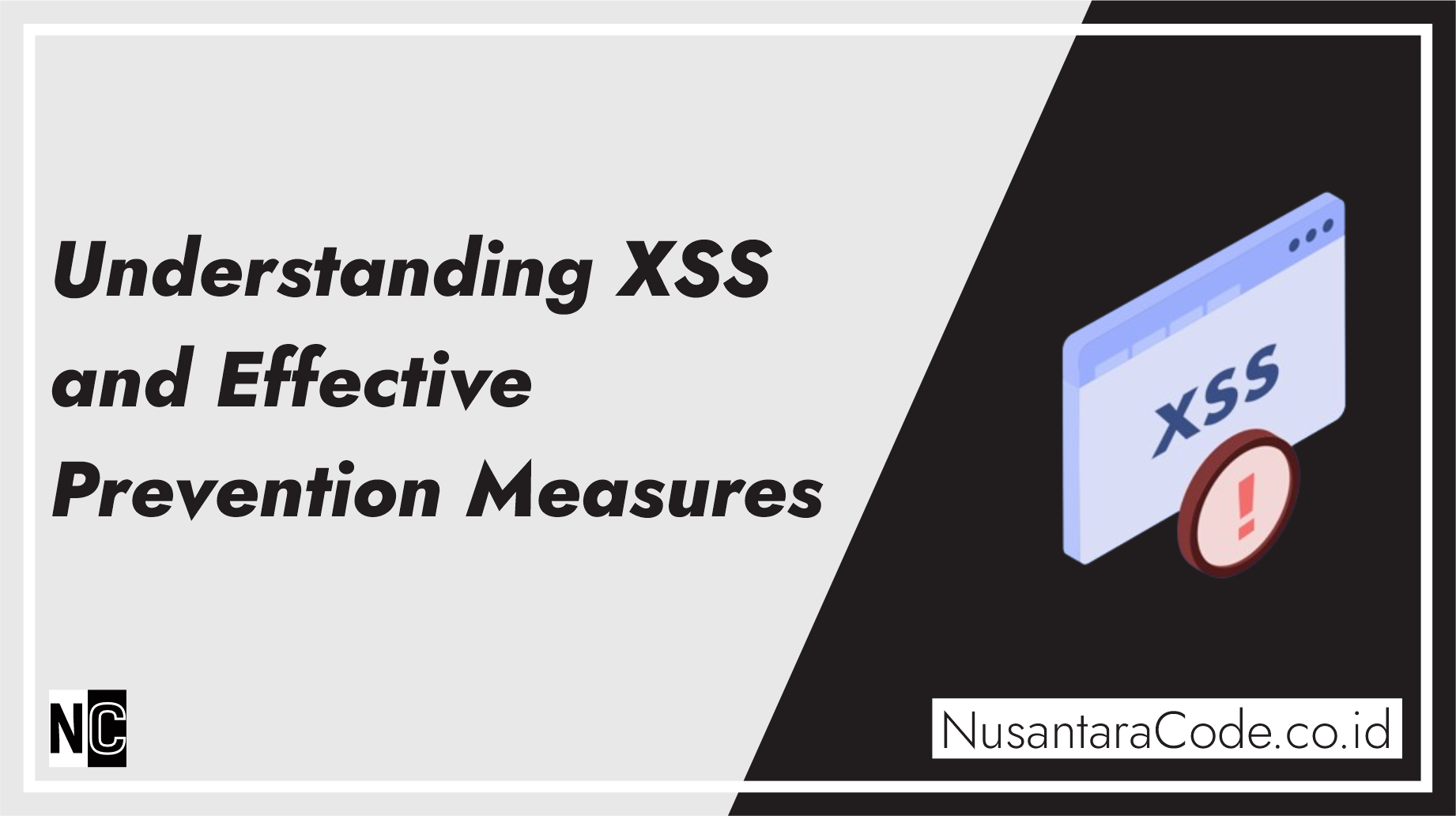Cross-Site Scripting (XSS) is a prevalent web security vulnerability that allows attackers to inject malicious scripts into web pages viewed by other users. XSS attacks can have serious consequences, including unauthorized access to sensitive information, session hijacking, and potential compromise of user accounts. In this article, we’ll explore what XSS is and discuss effective measures to prevent it.
What is XSS?
XSS occurs when an attacker injects malicious scripts into a web application, which then gets executed by unsuspecting users in their browsers. These scripts can be written in various languages such as JavaScript, HTML, or even other scripting languages supported by browsers. There are three main types of XSS attacks:
- Stored (Persistent) XSS:
- Malicious scripts are permanently stored on the target server and served to users whenever they access a particular page or resource.
- Reflected (Non-Persistent) XSS:
- Malicious scripts are embedded in URLs or input fields, and they get reflected back to the user within the application’s response.
- DOM-based XSS:
- The attack occurs within the Document Object Model (DOM) of a web page, manipulating the document structure through client-side scripts.
How to Prevent XSS:
1. Input Validation and Sanitization:
- Validate and sanitize all user inputs on the server-side. Ensure that only expected and safe data is accepted.
2. Output Encoding:
- Encode user inputs before displaying them in the application. Use proper output encoding functions to convert characters with special meanings in HTML, JavaScript, or other contexts to their corresponding HTML entities.
3. Content Security Policy (CSP):
- Implement CSP headers to restrict the types of content that can be loaded on your web pages. Define a policy that whitelists trusted sources for scripts, styles, and other resources.
4. HTTP-Only Cookies:
- Set the “HttpOnly” flag on cookies to prevent them from being accessed through JavaScript. This reduces the risk of session hijacking through XSS.
5. Use Secure Coding Practices:
- Follow secure coding practices and avoid using eval() functions or other dynamic code execution mechanisms that may introduce vulnerabilities.
6. Regular Security Audits:
- Conduct regular security audits and code reviews to identify and address potential vulnerabilities. Automated tools and manual reviews can help in finding and fixing XSS issues.
7. Update and Patch:
- Keep all software, including web frameworks, libraries, and server software, up-to-date. Apply security patches promptly to mitigate known vulnerabilities.
8. Educate Developers and Users:
- Provide security training for developers to raise awareness about XSS and secure coding practices. Additionally, educate users about safe browsing habits.
Conclusion:
XSS poses a significant threat to web applications, and preventing it requires a combination of secure coding practices, input validation, and server-side defenses. By implementing a comprehensive security strategy and staying informed about emerging threats, developers and organizations can significantly reduce the risk of XSS attacks and create a safer online environment for users.
